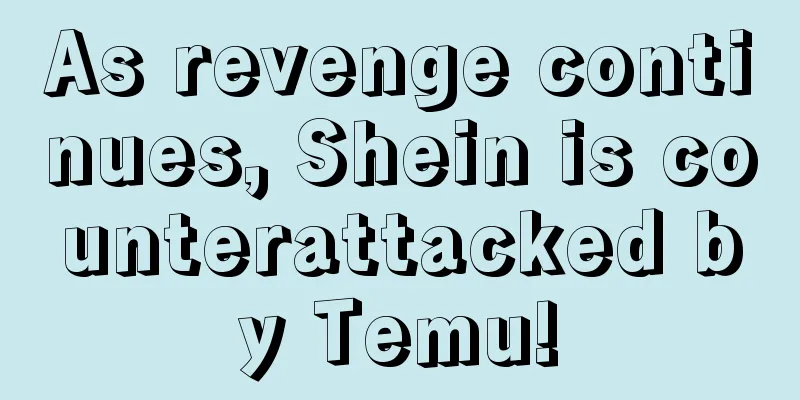Insights into US luxury consumption trends in 2022! Demand in multiple market segments surges!

|
It is learned that despite the adverse factors such as inflation, economic recession and sluggish consumer demand, the US luxury market remains resilient. Research from eMarket reveals why the US luxury bubble has not yet burst. 1. The impact of inflation on the luxury goods market According to the latest forecast from eMarket, the growth of luxury goods sales in the United States will slow down significantly in the next few years. By 2026, US luxury retail sales will increase by 1.3% year-on-year, far lower than the double-digit growth (13.3%) in 2022. Affected by inflation, low- and middle-income people cut spending on non-essential categories and are more reluctant to buy luxury goods. Although high-income people may not be affected by inflation, they cannot reverse the weak market. 2. Beauty and leather products are the favorites of luxury buyers Data shows that in the past 12 months, the most popular category among American luxury buyers was footwear (47.3%), followed by handbags and leather goods (46.2%), and cosmetics and beauty products (45.4%). Notably, beauty companies such as Ulta Beauty and Coty have seen strong sales growth in the past few months due to the “lipstick effect” (i.e. consumers continue to buy lipstick even in tough economic times), while LVMH Moet Hennessy Louis Vuitton also had a strong third quarter as demand for handbags rose. 3. Luxury e-commerce sales rise According to eMarket's forecast, luxury e-commerce sales in the United States will increase by nearly 40% year-on-year to US$2.484 billion this year. In the next few years, the growth of luxury e-commerce sales will slow down. On the other hand, the US luxury market is still larger than China's. In 2022, the US luxury market will be worth $10.925 billion, much higher than China's $7.823 billion. 4. What do luxury buyers care about most? The survey found that discounts were the biggest motivator for luxury consumers to shop online, with nearly a third saying they would make a purchase if an online retailer offered discounts and offers. While some brands are experimenting with AR/VR try-on tools to attract online shoppers, luxury buyers are still relatively uninterested in these technologies at the moment. 5. Luxury goods orders continue to grow in value Luxury goods were one of the best performing categories in terms of average order value growth, ranking second after furniture and home furnishings. In 2022, the average order value for furniture and home furnishings was $141, while luxury goods was $126. Editor ✎ Nicole/ Disclaimer: This article is copyrighted and may not be reproduced without permission. |
<<: Best Buy Q3 results released! Revenue and net profit dropped sharply!
>>: Musk has made a new move! He will restore the banned Twitter account!
Recommend
Shopify is being targeted by the Canadian tax agency! 120,000 merchants are being investigated for "old accounts"
It is learned that in April this year, the Canada ...
The industry is in a state of shock! More than 40,000 US dollars may be exposed, and sellers are anxious
With some unscrupulous service providers taking ad...
The backend function has been updated, and Amazon's 0 yuan purchase can be revoked!
Asian sellers who always pay attention to Amazon n...
Hot selling case sharing! Cross-border sales break through bottlenecks, with half-year revenue of 6.6 billion
“ Ninebot took off in the first half of the year ...
How to deal with negative reviews from Amazon competitors
Today I will share a method to ask customer servi...
What is Tailwind? Tailwind Review
Tailwind is a social media tracking tool for visua...
China's eight-piece winter outfit is being sold out in Europe. Is it a frenzy or capital speculation?
▶ Video account attention cross-border navigation ...
What is Clicky? Clicky Review
Clicky is Pakistan’s largest online fashion + shop...
Crazy sales of 3.5 billion! Just now, the Best Seller list of 18 countries on Prime Day was released
This year’s Prime Day is over, let’s take a look a...
Carcinogens exceed the limit! Well-known brand women's shoes are recalled! Available on multiple platforms!
It is learned that according to foreign media repo...
Which second-hand e-commerce platform is the best! A comprehensive review of Depop, Mercari and Poshmark
According to the news, more and more young consume...
What is the Dongguan City Trademark Brand Strategy Special Fund Management Measures? Dongguan City Trademark Brand Strategy Special Fund Management Measures Evaluation
In order to implement the trademark brand strategy...
Working for Amazon for nothing for 2 years? My brother-in-law faces a huge fine!
At the beginning of last month, the US antitrust ...
Walmart settles infringement lawsuit with Vans, agrees to ban sales of counterfeit goods
According to Reuters, on November 13, documents fr...
Walmart Mexico's Q2 revenue slightly exceeded expectations, with net profit up 5% year-on-year
Walmart Mexico reported on Thursday (July 28) that...









